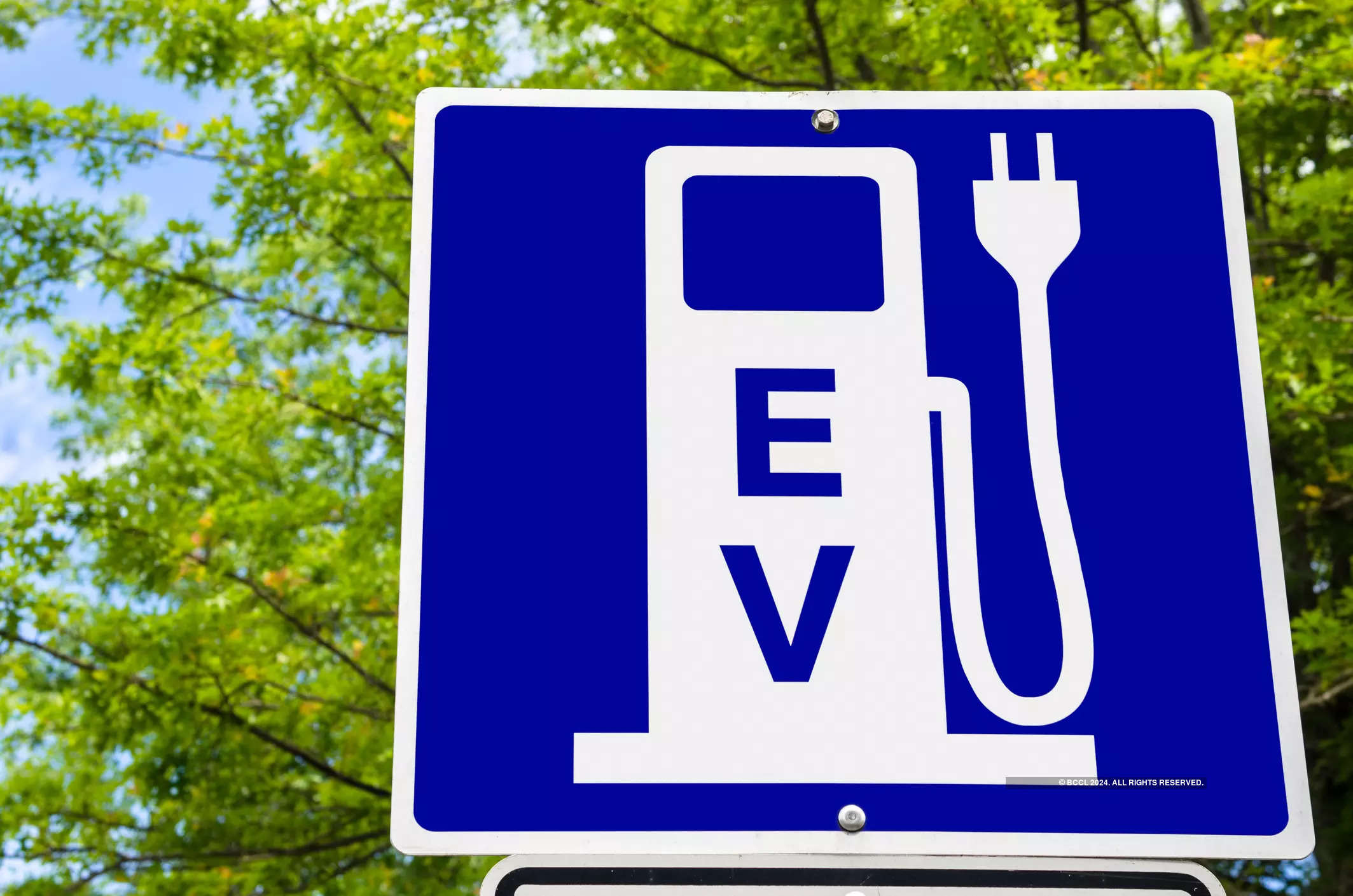
India’s electric vehicle (EV) revolution is at a pivotal juncture, with a promising growth trajectory. While EVs accounted for 5% of total vehicle sales between October 2022 and September 2023, our research suggests EV penetration will surpass 40% by 2030 (with USD 100 billion revenue potential), driven by robust adoption in the two-wheeler (2W) and three-wheeler (3W) segments, exceeding 45% penetration in each.
Among high speed EVs (those tracked by Vaahan database), E2Ws are most dominant in India today, followed by electric 4-wheelers (E4Ws), mostly cars, and electric 3-wheelers (E3Ws). However, of late, adoption among 3Ws (with nearly 10% EV penetration excluding e-rickshaws) and E4Ws (1%–1.5% penetration) has also surged, with volumes doubling over the past year due to attractive total cost of ownership (TCO).
India’s EV market will need to grow tenfold in volume over the next 6–7 years to realize the massive USD 100 billion revenue potential. Realization hinges on focused interventions across five key domains—product, distribution model, “right” customer segment prioritization, software, and charging infrastructure—in conjunction with macro-enablers such as policy support, safety and battery price decline.
1. Customer-backed product build: Customer-centric product development will be a critical imperative in balancing range and performance against price. Penetrating the salient mass segments hinges on achieving price parity with comparable internal combustion engine (ICE) models (e.g., Honda Activa, Bajaj RE, Swift Dzire). OEMs will need to define clear customer segments, prioritize high-potential use-cases, and create tailored product variants by redesigning the product, instead of simply de-specking the existing models. Establishing a product roadmap addressing customer needs across price ranges and capabilities (like range, top speed, power) will also be important to methodically unlock value.
2. Reimagined distribution models: Sparse EV distribution networks limit market share beyond metros and tier 1 cities. The tier-2 lags due to limited understanding of superior TCO of EVs, as well as range anxiety among customers. However, replicating ICE dealership models will not suffice for EVs as they generate lower service revenue at comparable operating costs. A nuanced strategy with innovative models (like relying more heavily on online lead generation), lean operations, and higher margins is crucial for long-term profitability and sustained market growth.
3. B2B focus: Focusing on the B2B and fleet segments, despite narrower margins, will be the catalyst for accelerated EV adoption. E-commerce and third party logistics players are poised to embrace EVs for cost effective deliveries. Forming long-term partnerships and creating tailored product offerings will be crucial for aligning with the ambitious electrification plans of major players like Amazon, Uber and Zomato.
4. Software as a profitability driver: OEMs need to differentiate their products via native software-led functionalities (e.g., optimized power delivery, usage-based battery management to prolong battery life, safety interventions), as well as a robust software integration muscle, in order to effectively compete and deliver an elevated EV ownership experience. Software can also unlock massive growth via new revenue streams in addition to boosting vehicle performance. Understanding diverse customer needs is crucial for developing the right software and integration capabilities, aligning closely with customer expectations.
5. Scaling EV infrastructure: India’s current EV charging infrastructure lags significantly, averaging over 200 EVs per public charging point, as compared to about 20 in the US and less than 10 in China. Bridging this gap requires expansive slow and fast charging (for top-up/premium use cases) networks—widening coverage to more pin-codes while simultaneously increasing density in existing areas. Battery swapping can also effectively serve specific commercial uses like passenger 3W EVs and last mile 2W EV deliveries, by reducing upfront vehicle cost, boosting earnings potential for drivers (due to minimal downtime), and providing flexibility to absorb battery cost as per usage (instead of upfront lump-sum).
OEMs must prioritize specific use cases, refine product designs, and collaborate with battery-swapping partners to cater to diverse customer segments. Simultaneously, steps also need to be made to establish widespread EV repair networks, simplify financing, and reduce reliance on imports for EV components, to scale and sustain customer adoption.
India’s EV metamorphosis demands a strategic and concerted effort across multiple fronts. Addressing the challenges head-on, while capitalizing on the opportunities, will be key to India’s journey towards an electrified future.
(Disclaimer: Mihir Sampat is a Partner in Bain & Company, and Arpit Agarwal is a Partner at Blume Ventures. Views are personal)

